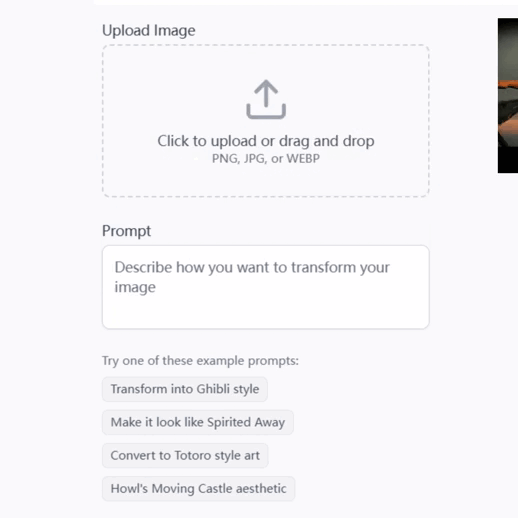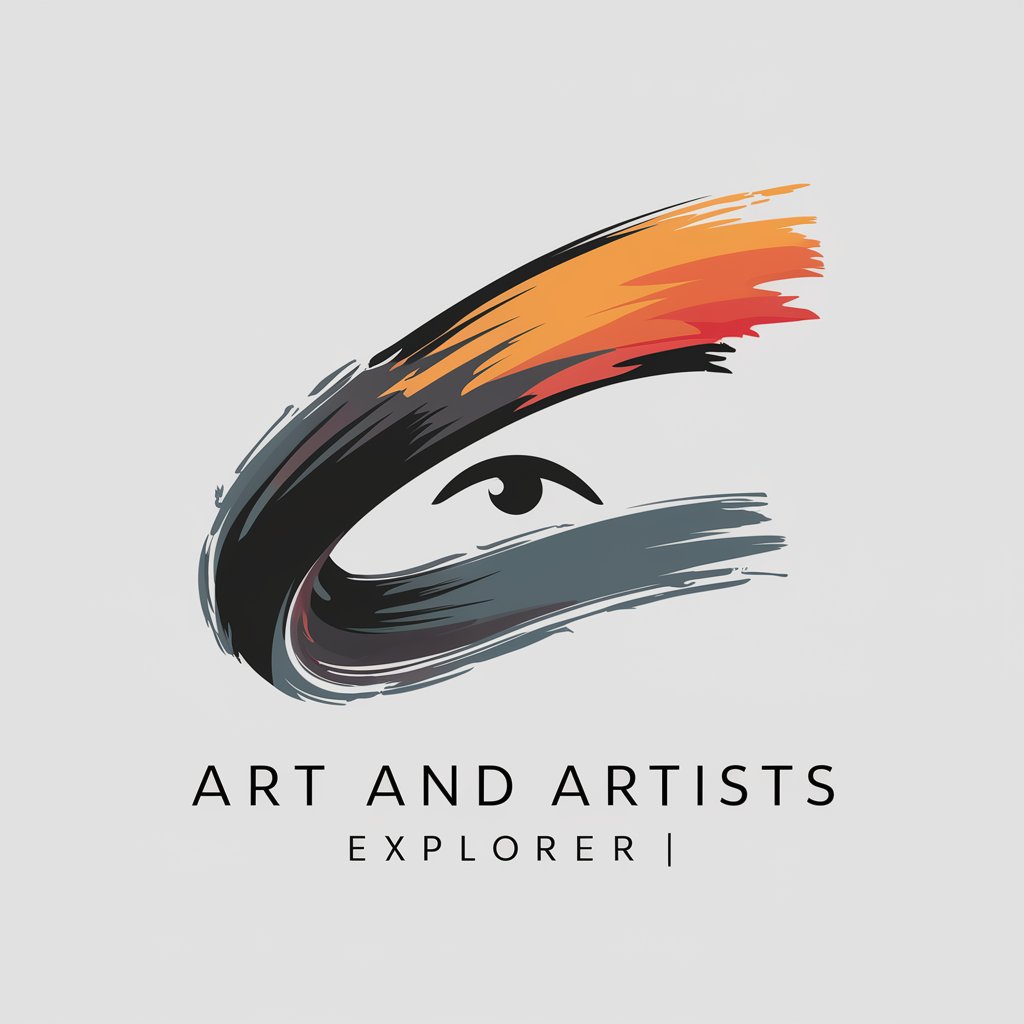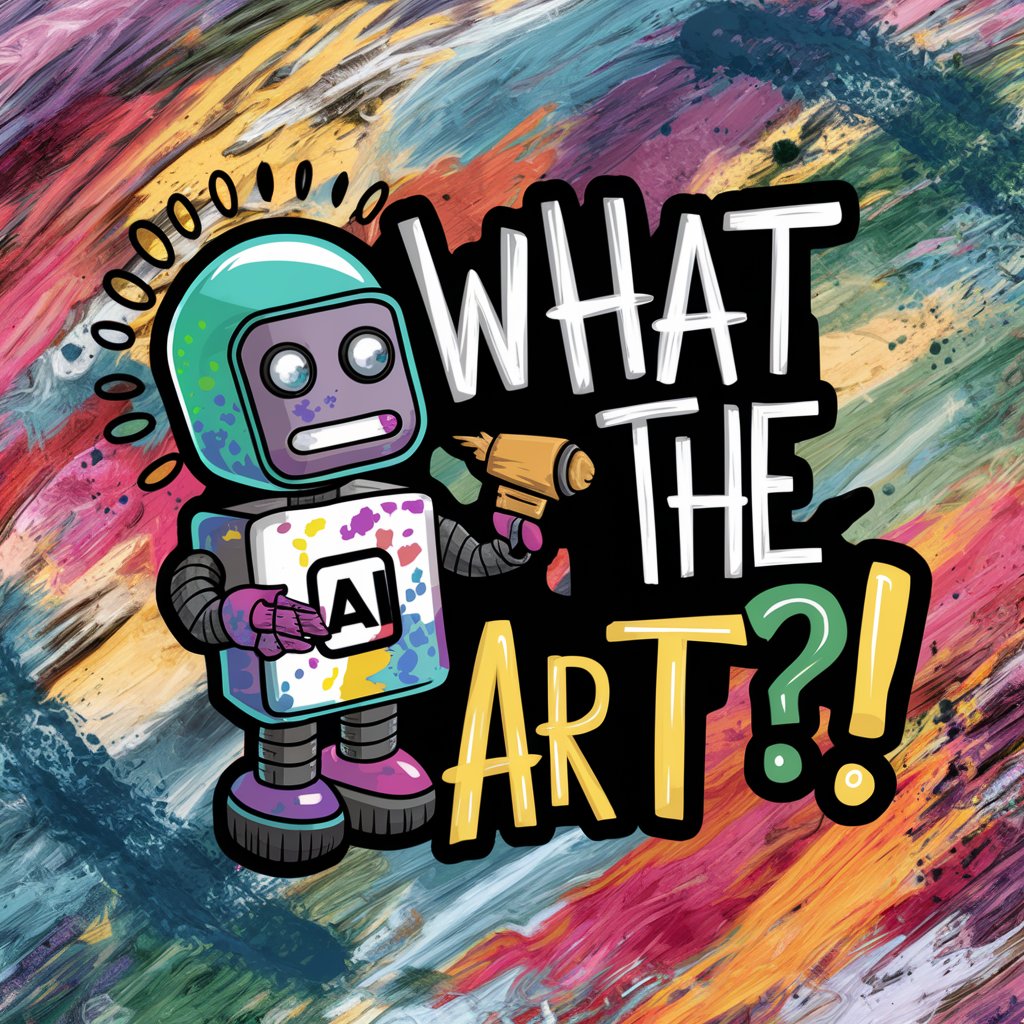
Art Worlds, by Howard Becker - exploration of collaborative art creation

Hi! Let's dive into the world of art and creativity together.
Empowering collaborative creativity with AI
Explore the collaborative nature of art by discussing...
What are your thoughts on the role of technology in...
How do you think various professionals contribute to...
In what ways can AI enhance the creative process...
Get Embed Code
Overview of Art Worlds by Howard Becker
Art Worlds, authored by Howard Becker, delves into the sociology of art, offering a distinctive perspective on how art is produced, distributed, and consumed. Becker introduces the concept of 'art worlds', defining them as the collective network of artists, suppliers, dealers, curators, and critics, among others, who play a part in the creation and circulation of art. Rather than focusing solely on individual artists and their creative genius, Becker shifts the emphasis towards the collaborative effort and the myriad roles within this ecosystem. For example, in the production of a photography exhibition, not only is the photographer's vision crucial, but so is the contribution of those who develop the film, curate the exhibition, and even critique and view the final work. This collective contribution underscores the complexity and interdependence inherent in the creation of art. Powered by ChatGPT-4o。

Core Functions of the Art Worlds Framework
Analyzing Art Production
Example
Examining the process behind a gallery exhibition
Scenario
In this scenario, the 'Art Worlds' framework is used to dissect the various stages of planning, curating, and executing an art exhibition. It highlights the roles of the curator in selecting the pieces, the logistics team in arranging the space, the marketing team in promoting the event, and the critics and audience in giving it meaning and value.
Understanding Art Distribution
Example
Exploring the distribution channels of independent films
Scenario
Here, the 'Art Worlds' concept helps in understanding how independent films reach their audience. It considers the filmmakers, production crew, film festivals as platforms for premiere, distribution companies that help in wider release, and digital platforms for online access, illustrating the collaborative network that contributes to the film's distribution.
Evaluating Art Consumption
Example
Assessing the impact of art critics and galleries on public art perception
Scenario
In this context, 'Art Worlds' offers a lens through which to view the influence of galleries and critics on the way art is received by the public. It investigates how galleries select and present art, how critics write about and critique works, and how these activities shape public opinion and understanding of art.
Target User Groups for Art Worlds Insights
Academics and Students
Individuals in educational fields, especially those studying sociology, art history, and cultural studies, can leverage Becker's framework to analyze and understand the complexities of art production and its societal implications.
Art Industry Professionals
Artists, curators, gallery owners, and art marketers can apply the 'Art Worlds' insights to navigate the art ecosystem more effectively, understanding their role within the larger network and how they can collaborate with others to achieve greater impact.
Cultural Policy Makers
Policymakers focusing on cultural and art-related initiatives can use the 'Art Worlds' framework to design more inclusive and supportive policies that recognize and foster the collaborative nature of art production and distribution.

Utilizing 'Art Worlds' Concepts in Digital Creativity
1
Start exploring collaborative creativity platforms online, no sign-up or premium account necessary.
2
Identify and engage with communities or networks that share your artistic interests or professional needs.
3
Collaborate with others, leveraging diverse skills and perspectives to enrich your creative projects.
4
Utilize feedback and contributions from the community to refine and enhance your artwork.
5
Share your completed projects within your network, contributing to the collective portfolio and inspiring future collaborations.
Try other advanced and practical GPTs
Rajarshi Nandy Chat Bot
Unveiling Spiritual Insights with AI

Business Blueprint
AI-Powered Business Strategy Expert

GPTato
Crafting Potato Masterpieces with AI

Prof LinkLearn
Navigate Your Career with AI-Powered Insights

Manga Panel Creator
Craft Your Manga, Powered by AI

Rate My GPT
Elevating AI with Peer Insights

CTMU Sage
Unraveling the Universe, AI-Enhanced
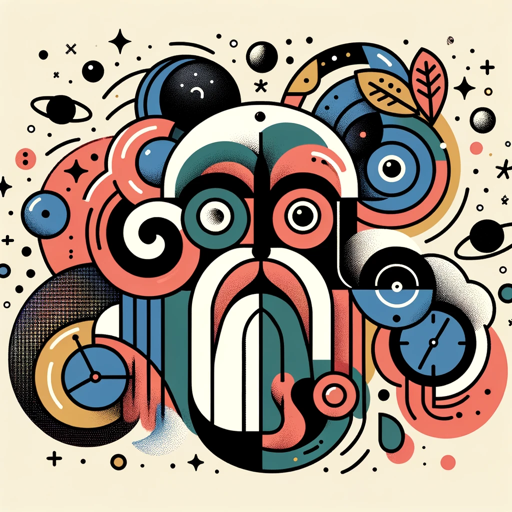
Aetheria Lumina
Illuminating the Path to Blockchain Mastery

写真の達人 亀羅爺
Nurturing Your Photography Journey with AI
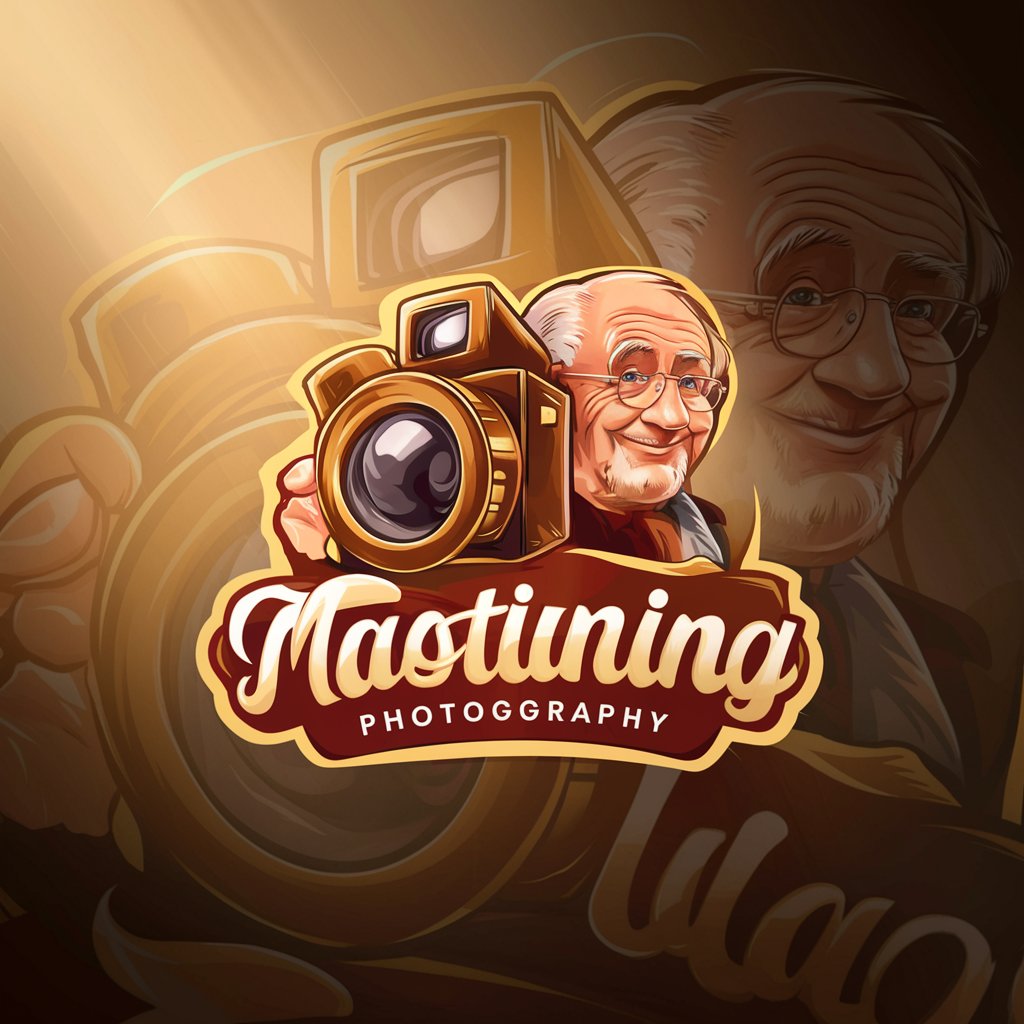
Interview Coach
Ace Your Interview with AI-Powered Coaching

Faithful Counselor
Navigating faith with AI-powered wisdom.

DivineAlgorithm.ai - HDF - AGI Simulation
Navigating AGI Futures with AI-Powered Precision

Understanding 'Art Worlds' by Howard Becker
What is the core thesis of 'Art Worlds'?
Becker argues that art creation is a collective action, involving various individuals beyond the artist, such as suppliers, curators, and audience, contributing to the production and dissemination of art.
How can 'Art Worlds' be applied to digital art creation?
By recognizing and engaging with the different roles within online communities, digital artists can leverage collective resources, skills, and feedback to enhance their creative projects.
What role do technologies play in 'Art Worlds'?
Technologies facilitate the networking and collaboration essential to art worlds, enabling easier communication, distribution, and access to digital tools for creative expression.
Can 'Art Worlds' be applied to solo artists?
Yes, even solo artists rely on networks for materials, software, audience, and critical feedback, embodying the interconnected nature of art production Becker describes.
How does 'Art Worlds' influence art education?
It encourages a broader understanding of art production, teaching students to value collaborative processes and the various roles and skills that contribute to the creation and appreciation of art.
